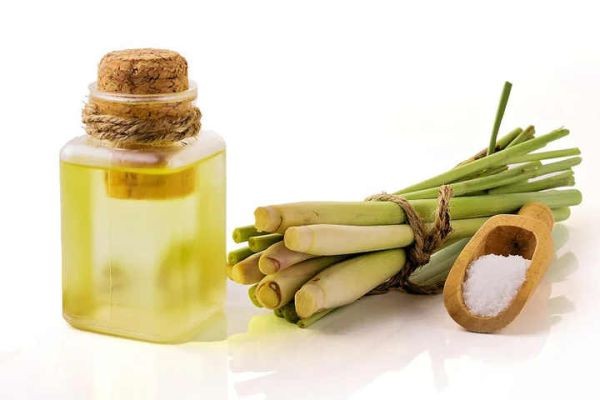The citronella oil market is growing steadily, but it faces several critical challenges that affect its growth and sustainability. As consumer demand for natural and eco-friendly solutions rises, industry players must navigate these hurdles carefully to remain competitive and profitable.
One of the foremost challenges is production limitations. Citronella oil is primarily produced in specific regions such as India and Indonesia, where climatic conditions are ideal for cultivating Cymbopogon plants. However, dependence on these limited geographic areas exposes the market to risks from unpredictable factors like climate change, seasonal variations, crop diseases, and geopolitical disruptions, leading to unstable raw material supply.
Price volatility is another major market challenge. Since citronella oil production depends on agricultural outputs, fluctuations in crop yields directly affect supply levels and market prices. High demand paired with inconsistent supply often results in steep price increases, making it difficult for manufacturers to maintain competitive pricing, especially in price-sensitive industries like agriculture.
Regulatory barriers present additional difficulties. While regions like Europe and North America have strict regulations supporting the use of natural ingredients, many emerging markets lack clear or consistent regulatory frameworks. This discrepancy makes market entry and expansion complicated, particularly for new companies trying to establish their presence in untapped regions.
Maintaining consistent product quality is also a significant challenge. Variability in citronella oil purity arises from differences in cultivation practices, extraction methods, and the plant species used. Without industry-wide quality standards, customers face inconsistent product performance, which can reduce trust and limit adoption, particularly in pharmaceutical and large-scale agricultural applications.
Low awareness in developing markets is another hurdle. While awareness of citronella oil’s benefits is growing in developed regions, many emerging markets still rely heavily on synthetic alternatives due to lower upfront costs and lack of regulatory pressure. This limits market penetration potential and slows overall industry growth.
Additionally, high production costs remain a challenge for manufacturers. Compared to synthetic alternatives, producing high-quality citronella oil involves labor-intensive cultivation, careful harvesting, and advanced extraction processes, which result in higher production costs. Small and medium-sized producers often struggle to compete on price with large chemical manufacturers.
To overcome these challenges, industry players are investing in sustainable farming practices, technological innovations in extraction, supply chain diversification, and strategic partnerships. These efforts help improve yield stability, reduce environmental impact, and maintain consistent product quality.
In conclusion, while the citronella oil market holds strong growth potential, challenges such as supply instability, price volatility, regulatory barriers, inconsistent quality, and limited market awareness must be addressed. Forward-looking strategies focusing on innovation, sustainability, and quality assurance are essential for overcoming these obstacles and driving long-term success.

